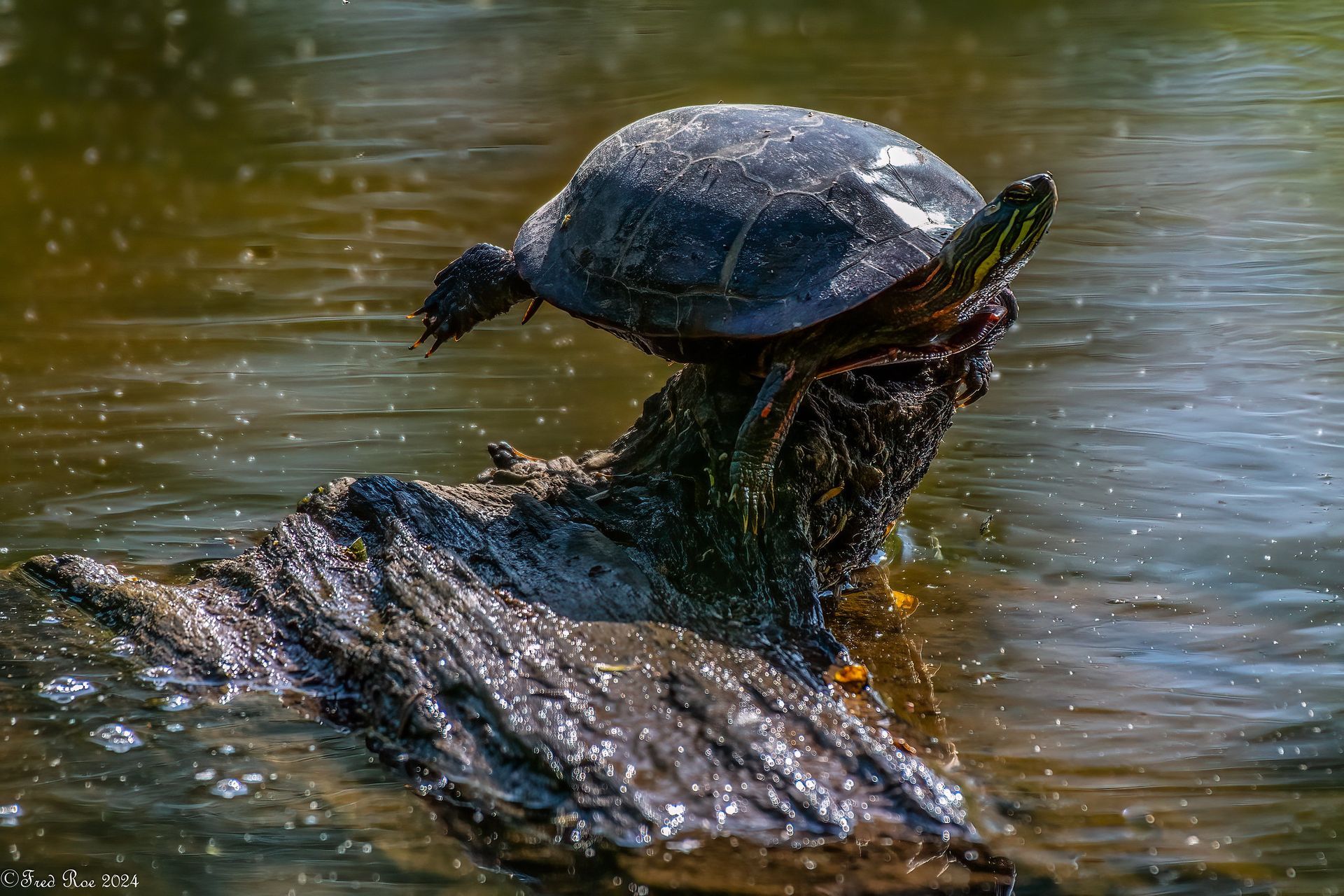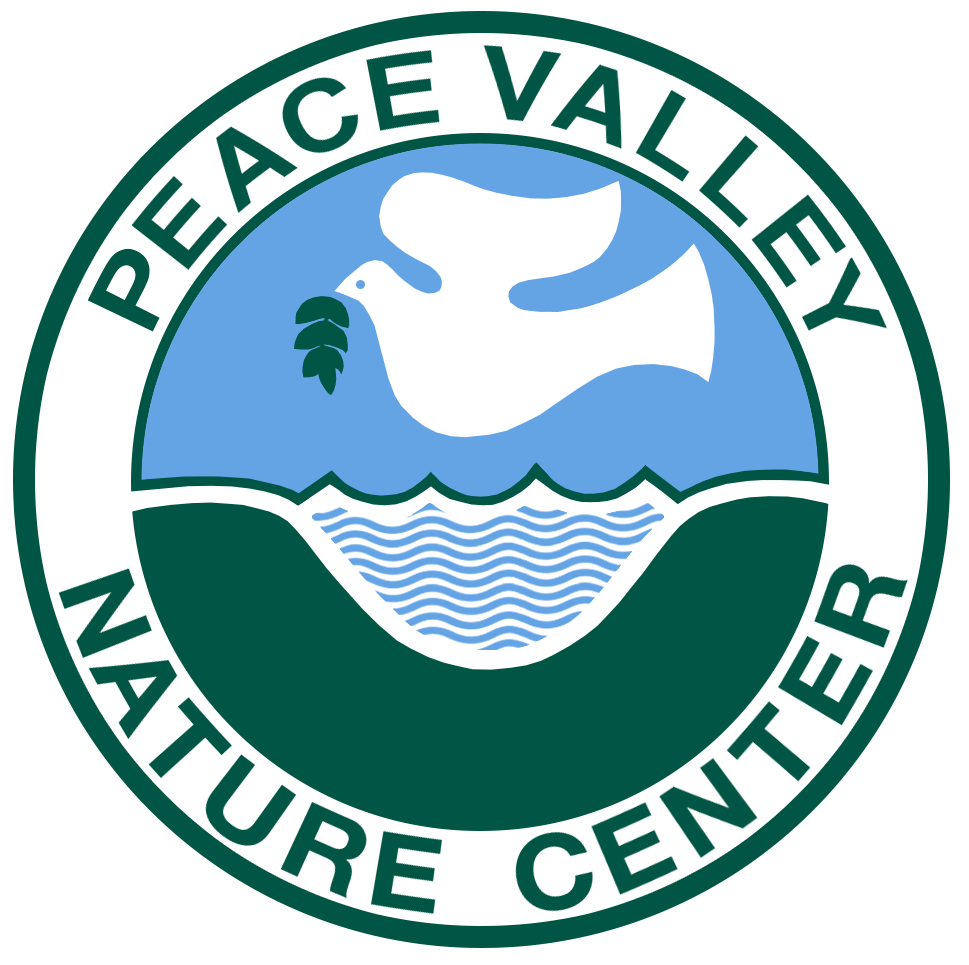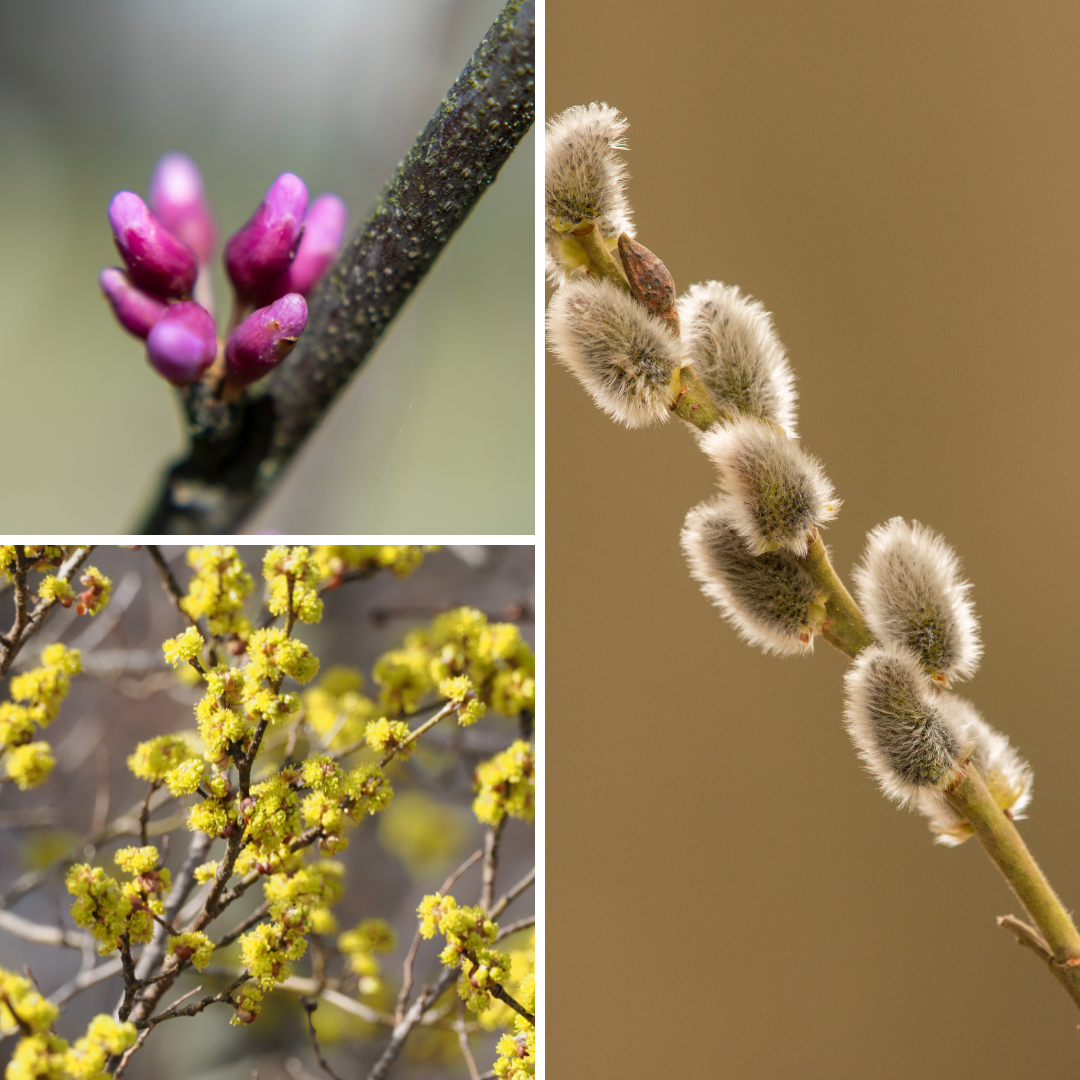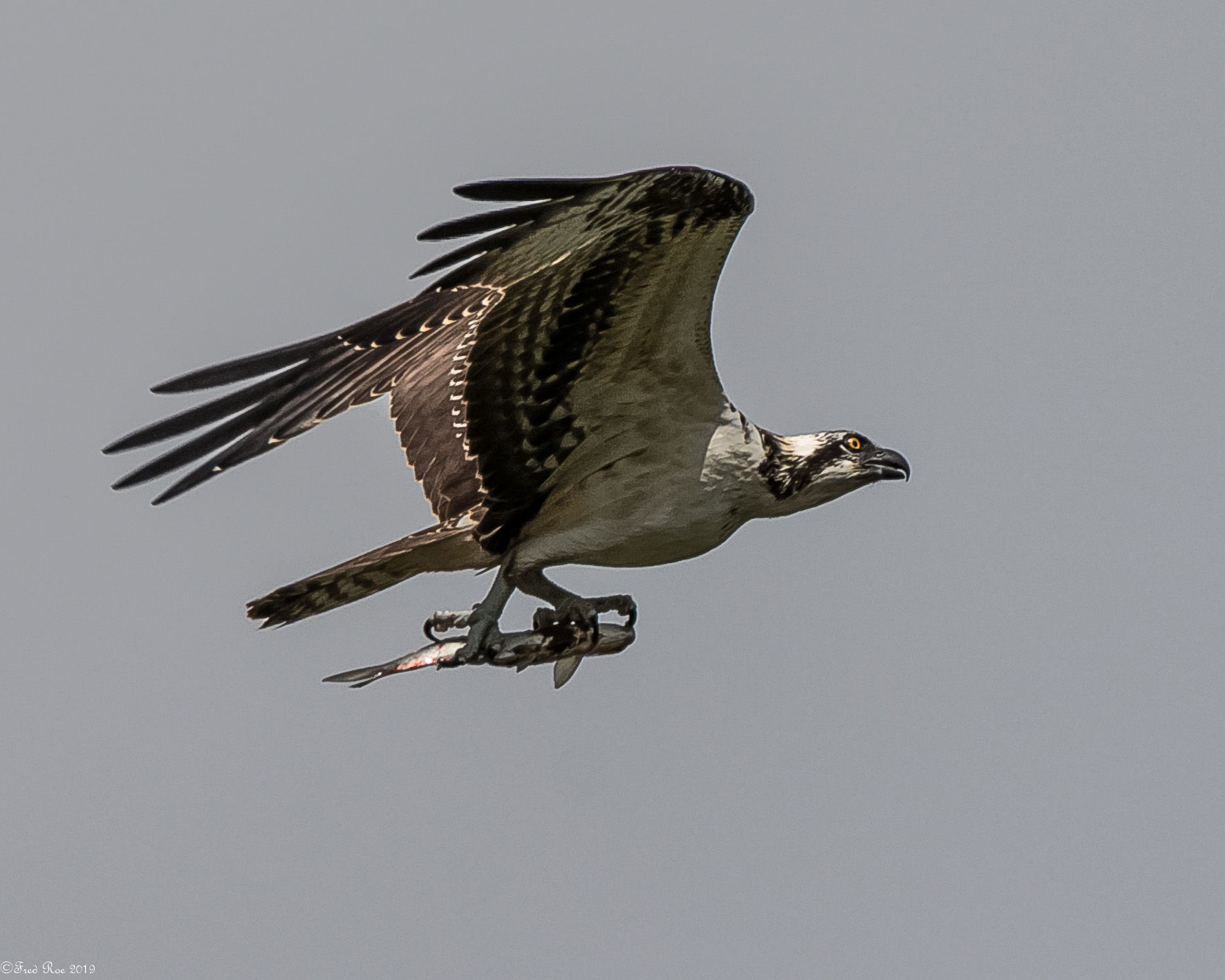Turtle Talk: A Glimpse Into the World of Remarkable Reptiles

While walking the trails of Peace Valley Nature Center, you might spot one of the many turtle species that live here. Maybe you spy a painted turtle basking on a log from atop the bridge; or perhaps you see an eastern box turtle crunching among the fallen leaves of the woods. Wherever you are, chances are you can see a turtle in nature. Turtles are found worldwide, inhabiting every continent and ocean except Antarctica and the polar seas. Adapted to various environments, turtles have many characteristics; some flaunt flippers, while others have webbed feet; some have hard shells, while others have soft ones. Typically semi or fully aquatic reptiles, turtles have a smooth, flat shell and are omnivores, consuming plants, insects, crustaceans, and more. They are often confused with tortoises, which are land-dwelling herbivores with thick, domed shells. According to the Pennsylvania Amphibian & Reptile Survey (PARS), Bucks County, is home to a diverse array of eighteen turtle species, each with its unique characteristics and behaviors. Here are some fun facts about turtles in this region:
- Eastern Box Turtles: These turtles are a common sight in Bucks County. Known for their beautiful, hinged shells that allow them to completely close up when threatened, they can live for decades and have a strong homing instinct.
- Snapping Turtles: Common in the waterways of Bucks County, snapping turtles are known for their powerful jaws and long necks. They can grow quite large, with some individuals weighing up to 35 pounds or more.
- Painted Turtles: These are the most widespread turtles in North America and are also found in Bucks County. Painted turtles are easily recognized by their smooth, colorful shells and their habit of basking on logs or rocks.
- Red-Eared Sliders: Originally from the southern United States, red-eared sliders have become common in Bucks County, often seen in ponds and lakes. They are named for the distinctive red mark around their ears.
- Wood Turtles: These turtles are less common but can be found in Bucks County's streams and rivers. They are semi-aquatic and known for their intricate shell patterns, which resemble carved wood.
Other than being cool-looking critters, turtles serve an important environmental role as a keystone species. A keystone species is a crucial organism within a food web, essential for maintaining ecosystem balance. Without them, the food web and ecosystem could collapse. By feeding on algae and carcasses, turtles regulate water quality and prevent harmful algal blooms that threaten marine and human health. In addition, turtles aid in seed dispersal as seeds pass through their digestive tracts and are spread across environments through their dung, which promotes wider plant distribution.
Although vital to ecosystems, many turtle species face population threats. Human interference like habitat loss, littering, poaching, and removal can deplete populations. Depending on the species, turtles can live 40 to 80 years and grow slowly, making population recovery slow. Turtles imprint on their environment for feeding, hibernation, and nesting; removing them can cause disorientation upon return. Thankfully, there are a few ways to aid turtle populations:
- Support habitat conservation: Engage in local efforts to protect turtle habitats.
- Clean up litter: Collect and properly discard any litter you find in nature, especially fishing related debris which poses a significant threat to turtles, like fishing line.
- Report turtle removal: If a turtle is removed from its habitat, contact local authorities to ensure its safe return. Remember, removing a turtle can lead to irreversible disorientation and threaten population numbers.
- Let a turtle be: If you come across a turtle in nature, unharmed, it’s best to admire it from a distance and let it be.
Turtles, though sometimes small, are stout creatures that play an essential role in our environment. As keystone species, they maintain water health and contribute to seed dispersal. Through understanding turtles’ needs and threats they face, we can help preserve turtle populations for the future. Next time you spot a turtle, remember the crucial role they play in nature.
Want to discover more? Check out these resources:
PARS - Pennsylvania Amphibian & Reptile Survey
What would happen if turtles went extinct? — Turtles Kingston
National Institute of Environmental Health Sciences: Algal Blooms (nih.gov)
Why Save Turtles? (turtleguardians.com)
Tortoise and Freshwater Turtle Conservation Fund | U.S. Fish & Wildlife Service (fws.gov)




